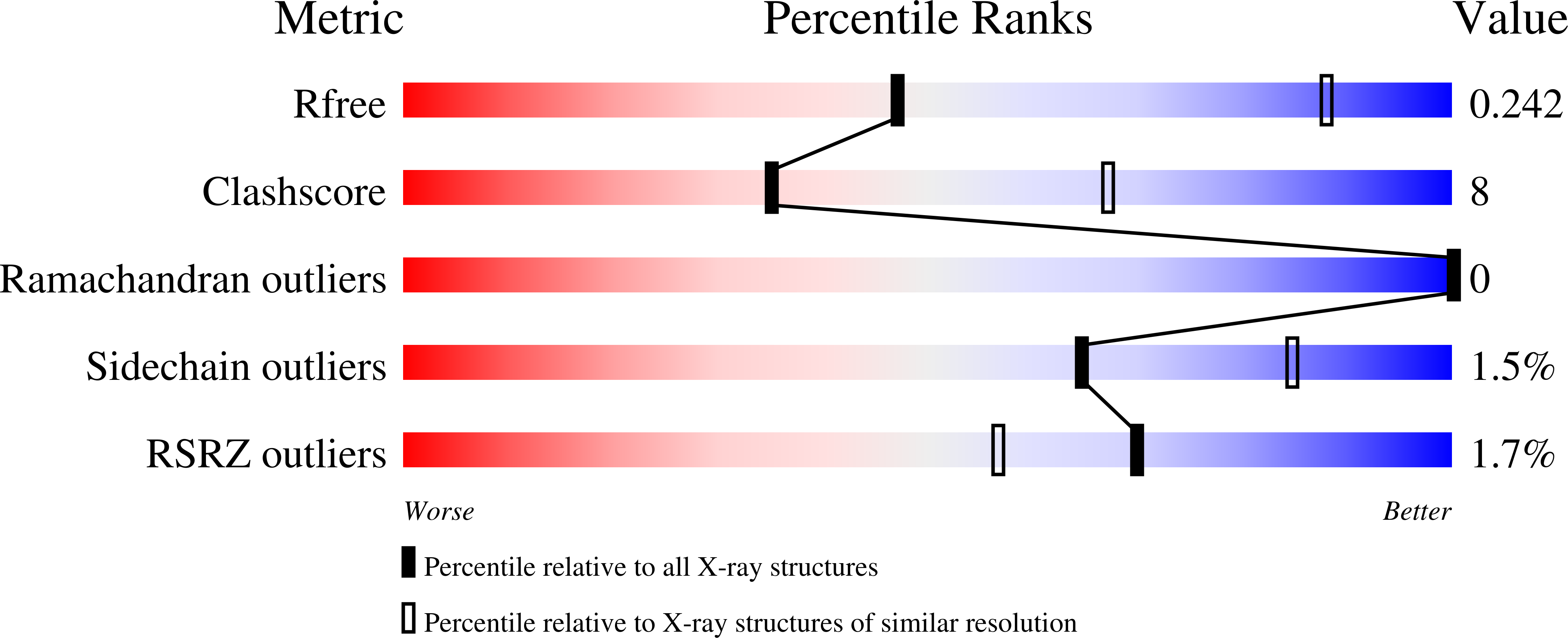
Deposition Date
2022-12-11
Release Date
2023-04-12
Last Version Date
2024-10-23
Entry Detail
Biological Source:
Source Organism:
Escherichia coli K-12 (Taxon ID: 83333)
Host Organism:
Method Details:
Experimental Method:
Resolution:
3.19 Å
R-Value Free:
0.23
R-Value Work:
0.20
Space Group:
P 61 2 2


